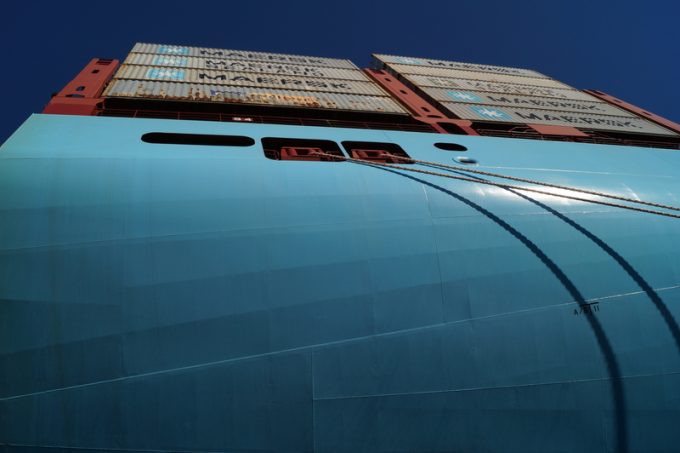Hapag-Lloyd: a 'pretty good first quarter' – but trend for 2025 'pretty uncertain'
As it presented its first-quarter financial results today, Hapag-Lloyd cautioned that any cargo surge following ...

As congestion continues to mount across the major deepsea east-west trades and capacity is increasingly hard to find for shippers and their logistics suppliers, Maersk has announced it is to suspend its TP20 Asia-US east coast service.
A statement from the Danish carrier suggested it needed the TP20 capacity elsewhere in its network.
It said: “TP20 was introduced to complement our Asia to/from the US east coast offering. However, due to the ripple effects of the ongoing Red Sea situation, including delays ...
European port congestion now at five-to-six days, and getting worse
Keep our news independent, by supporting The Loadstar
'Cargo collision' expected as transpacific capacity tightens and rates rise
Houthis declare blockade of port of Haifa – 'vessels calling will be targets'
Another CMA CGM vessel heading for Suez Canal – 'to mitigate schedule delay'
Ocean rates rise after tariff pause acts as 'starting gun' for more front-loading
Navigating supply chain trends in 2025: efficiency, visibility, and adaptability
News in Brief Podcast | Week 20 | 90-day countdown, India and Pakistan

Comment on this article